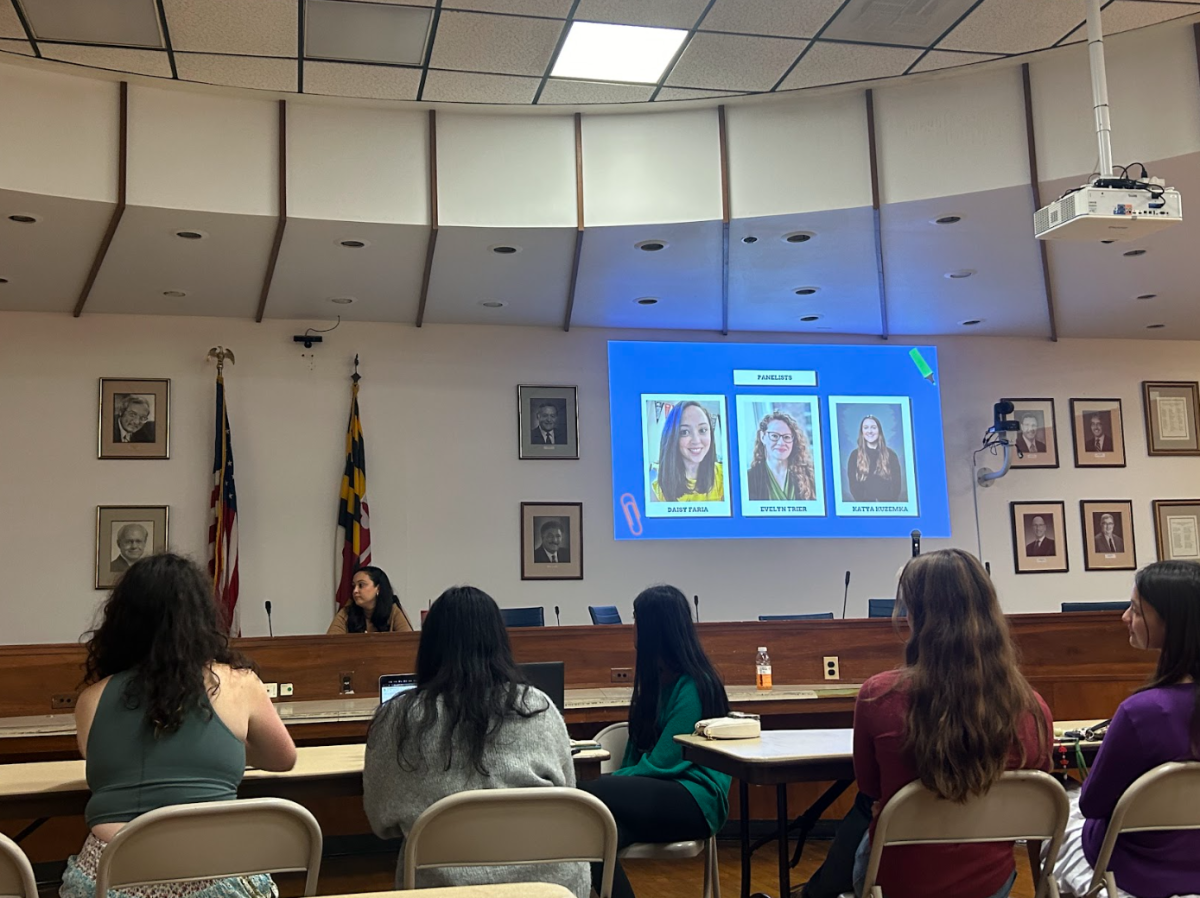A Century Foundation study confirmed the common notion that it’s more beneficial for impoverished students to attend affluent schools than high-poverty schools, even if those high-poverty schools receive additional county funds. The seven-year study monitored the progress of Montgomery County elementary school students living in public housing.
The study tracked 858 children from kindergarten to sixth grade. Half of the students attended schools where less than 20 percent of the total student body qualified for free and reduced meal plans, while the other half went to schools where up to 60 percent qualified. For years, the county provided extra funding for higher-poverty schools to create staff development sessions and ensure smaller class sizes.
By 2007, the children who had spent seven years in the more affluent schools performed eight percent better on standardized math tests than their peers attending the higher-poverty schools, according to the study.
Parents who are willing to go through a rigorous application process to get their children into a better school are often the same parents who help their children study at home. In reviewing past studies, critics argued that students in affluent schools had more motivated parents, and that the study didn’t account for that advantage. But Montgomery County assigns public housing randomly by lottery, meaning that the parents of the targeted students had no say in the location of their homes or the schools their children attended.
“A student who gets to go to a more affluent school is going to be surrounded by peers who have big dreams, expect to go on to college, are academically engaged, less likely to cut class and cause discipline problems,” said Century Foundation fellow Richard Kahlenberg in an interview with NPR. “And affluent parents are about four times as likely to be members of the PTA as low-income parents, so they know how to hold school officials accountable.”
Ultimately, neither Kahlenberg nor principal Alan Goodwin were surprised by the study’s findings.
“It’s obvious,” Goodwin said. “If you have a school where there are gangs everywhere as opposed to a school where there aren’t, it’s going to make a difference.”







